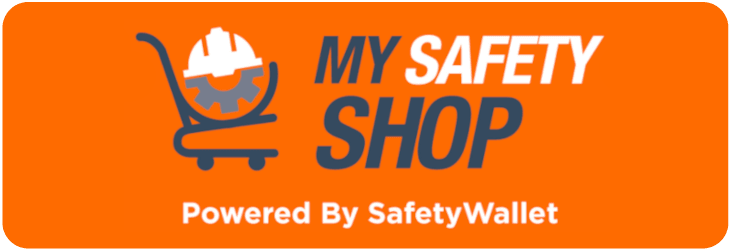Step-by-step guide to build a Health and Safety Site File
Overview
Without a health and safety file, contractors working on sites in South Africa face severe criminal offenses along with numerous costly liabilities which result from damages as well as hazards on work sites.
Many companies may not know what to include in their health and safety files, and for this reason it is crucial to provide a step-by-step guide to build a health and safety site file.
Safety files, as they are also known more commonly, contain records of data which is developed by project supervisors specifically for end-users with close adherence where health and well-being standards are concerned.
The safety file severs numerous functions, with one being a source of health and safety references for peer contractors as well as workers who must conduct repairs, maintenance, and demolitions.
This document, or record, protects employers from any type of liability which results from criminal offenses apart from proving compliance with the Occupational Health and Safety Act and Regulations.
Any questions? Speak to one of our Experts
Safety Site File Requirements
The South African law is especially critical regarding health and safety files. The Occupational Health and Safety Act (85 of 1993) requires that all contractors as well as subcontractors have a safety file.
Although this safety file is site specific according to the safety specifications of the client, there are, however, certain documents which must always be contained in this file.
Relevant Regulations
The file must include all relevant regulations such as a copy of the Occupational Health and Safety Act and the applicable Construction Regulations, where work is to be performed on a construction site by contractors. These include, but is not limited to:
- Construction Regulations 3(6) – which involves the client ensuring that the contractor has and maintains a construction work permit.
- Construction Regulations 5(1)(s) – The client must validate that their principal contractor maintains a health and safety file which is outlined in regulation 7(1)(b) – the main contractor must provide a health and safety plan or file in addition to other documentation on the work site.
Safety File Checklist – South Africa
Employers are advised to seek professional help in compiling a safety file to ensure that there is consistent compliance. Various specifications which are proposed by clients will govern the file compilation process, however, the file index will remain the same under the law.
The information below relates to the Occupational Health and Safety checklist for South Africa where the safety file is concerned:
- Specifications, drawings, and bills of quantities which will be developed and used during the project.
- The design criteria in typical use.
- Information and specifications regarding facilities and equipment within the scope of structures.
- Structural procedures, where applicable, along with requirements for maintenance.
- Certificates as well as operational manuals which are produced by principal contractors along with suppliers who govern operational and maintenance procedures including plant and equipment schedules.
- Information regarding the location as well as other utilities including firefighting and emergency systems.
How can SafetyWallet help Employers and Contractors’ Health and Safety Compliance?
SafetyWallet works to ensure that its subscribers are supported and assisted in all matters relating to health and safety, and through a partnership with MAKROSAFE and OHS Online, subscribers can ensure that they are a part in creating a safer, healthier, and more compliant working environment.
SafetyWallet, in partnership with MAKROSAFE and OHS Online, ensures that subscribers can obtain the highest level of compliance with the Occupational Health and Safety Act, all other legislation, and get rewards.

MAKROSAFE / SAFETYWALLET / MY SAFETY SHOP are all in Partnership.

-Step-by-step-guide-to-build-a-Health-and-Safety-Site-File-Banner-1.jpg)
Comments (4)
I would to get information how to do a safety file
2022-04-26 13:46:03Hello Patricia Thank you for your request via our comments... Kindly follow this link for a Site File Content Index FREE Download : https://www.mysafetyshop.co.za/Products/Free-Download---Health-and-Safety-File-Content-Index
2022-12-08 08:12:21I need a construction site safety file
2022-12-07 22:30:31Dear Musa Thank you for your request via our comment... Kindly follow this link to view and purchase a Site Safety File: https://www.mysafetyshop.co.za/Products/Site-Safety-File
2022-12-08 08:02:08Good Day. Do you provide training to do a construction site safety file?
2024-05-07 16:29:57Hi Mariza Please see our site file services here https://www.mysafetyshop.co.za/Shop/Category/Contractor If you require further assistance, please complete the form in the article above and one of our expert consultants will be in touch.
2024-05-08 09:16:50Many companies may not know what to include in their health and safety files, and for this reason it is crucial to provide a step-by-step guide to build a health and safety site file.
2022-10-11 13:13:53Dear Aditya Thank you for your comment, we do appreciate it... Here is a FREE download for you, Health and Safety Site File Content Index: https://www.mysafetyshop.co.za/Products/Free-Download---Health-and-Safety-File-Content-Index
2022-12-08 08:14:25